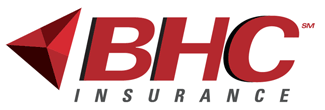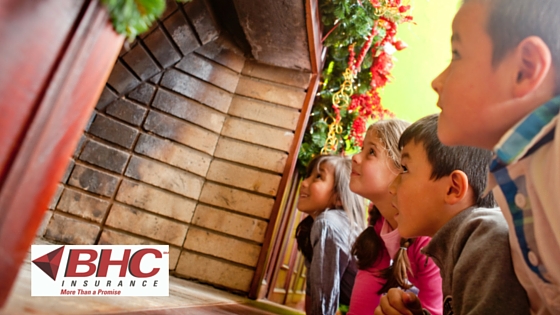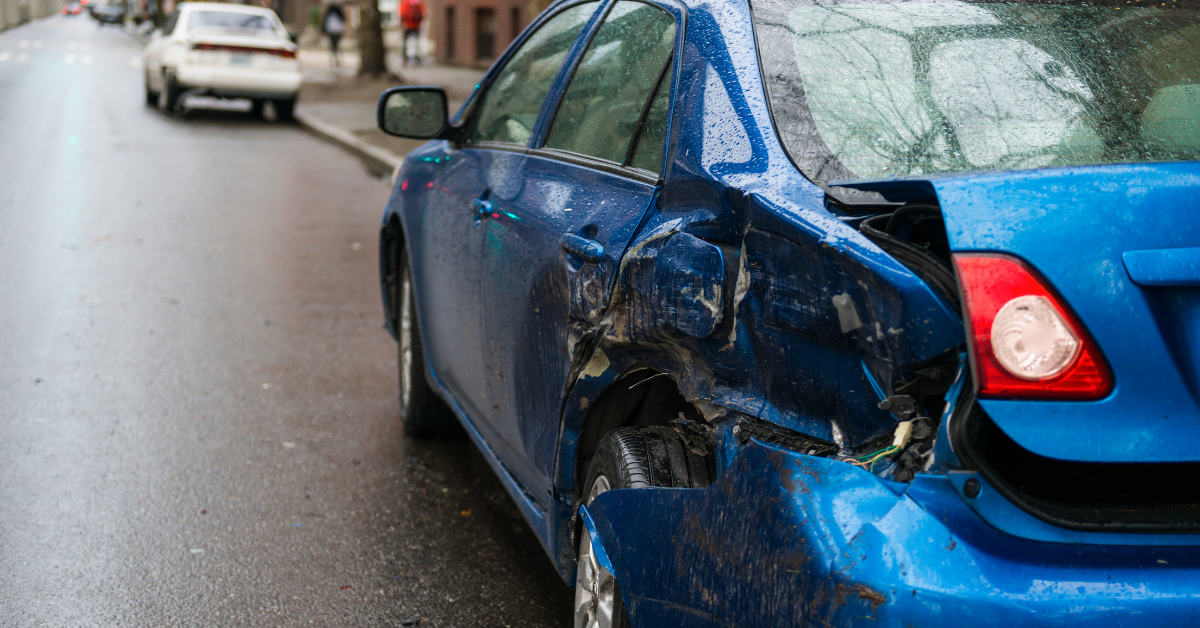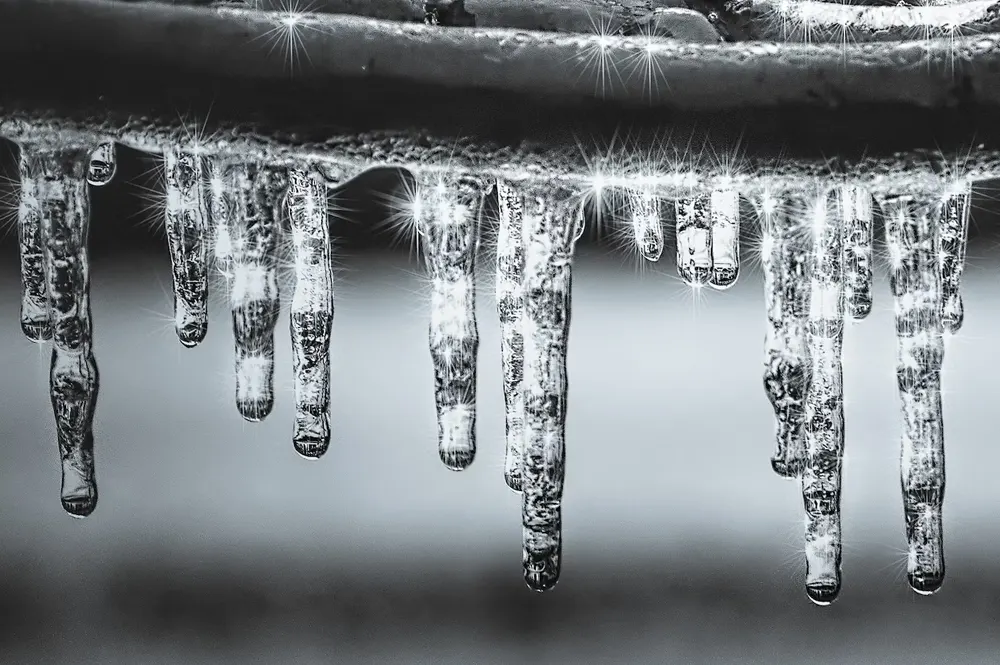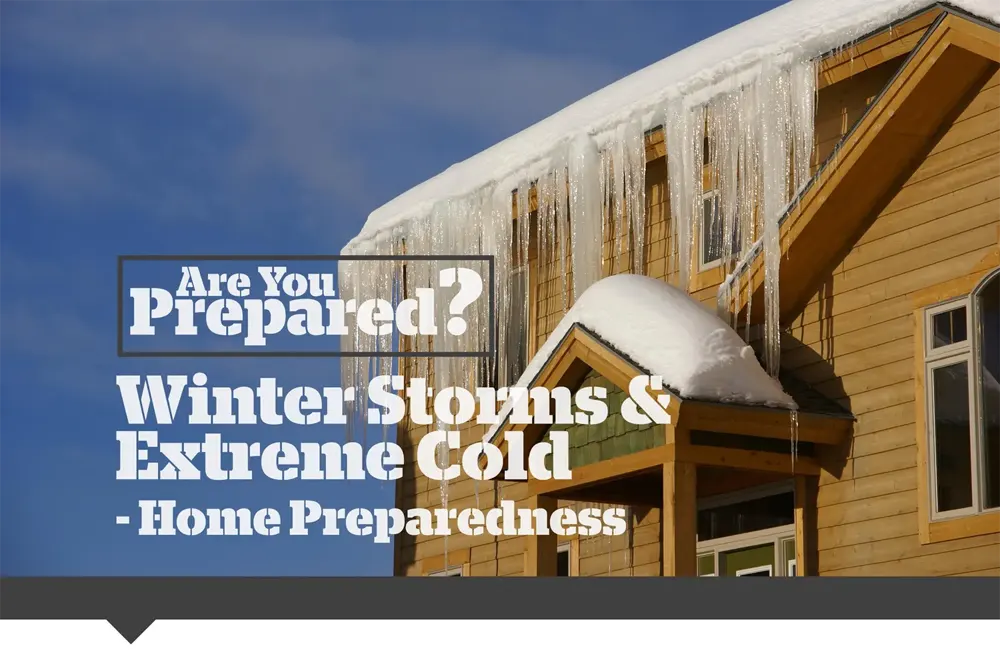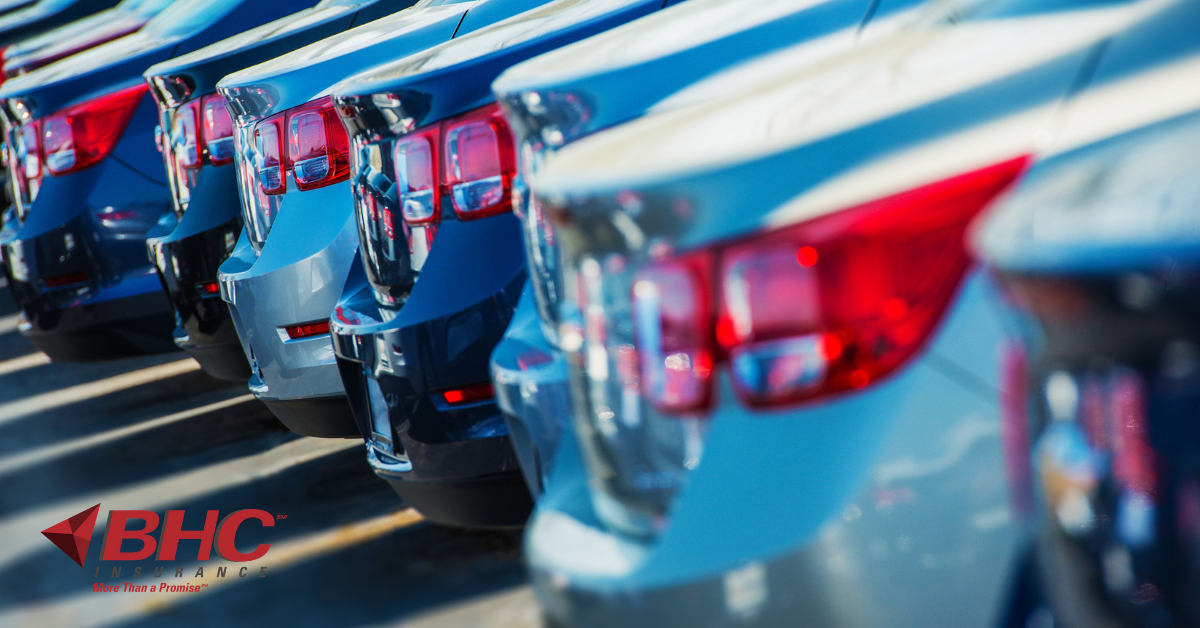Lighting a fire on a cold, winter night is a wonderful way to stay warm and toasty. In spite of the ambiance and relaxation that a fireplace provides, there are also inherent fire dangers. To combat the risk of fire or inhalation of dangerous carbon monoxide (CO) gas, it is important for you to make chimney maintenance part of your home loss prevention plan.
Both metal and masonry chimneys require maintenance so that smoke and flue gases are ventilated properly. At the very least, you should have your chimney inspected annually before each heating season. In addition:
- Have your chimney cleaned on a regular basis to reduce creosote build-up. This accumulates in stovepipes and chimneys, and can ignite unless it is cleaned out. Avoid using chemical chimney cleaners, as they are not effective in removing creosote build-up.
- Make sure your masonry chimney has a flue liner in place to reduce the possibility that the masonry could absorb creosote.
- Replace cracked or damaged liners, as they will allow creosote to accumulate and heat to escape. This will increase your risk of fire.
- When hiring someone to reline your chimney, only allow the contractor to use a product that has been tested and listed by a nationally recognized testing laboratory. Also make sure that the contractor is experienced in replacing the type of liner needed for your unit, and that the local fire department approves the liner that you are choosing to use.
This is for informational purposes only and is not intended as professional advice. © 2008, 2013 Zywave, Inc. All rights reserved.
